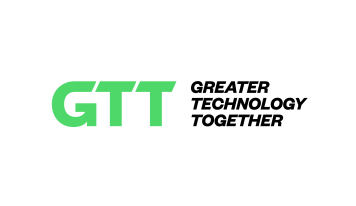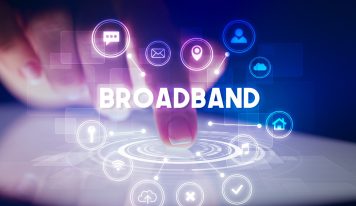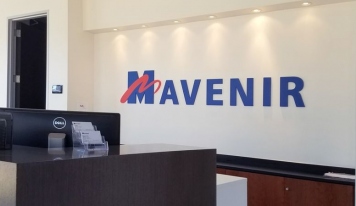The telecom world is rife with coding standards such as G.711, G.726, iLBC, GSM-FR, GSM-EFR, AMR and many others. So imagine designing the killer application for the wired world of telecom only to have a mobile service provider come knocking on your door with a huge order you just can’t fulfill. Sure you can redesign your application but seriously, there has to be an easier way. One that costs less in money while taking less time and resources.
Wouldn’t it be great to have a plug and play universal translator like they had on Star Trek so when communicating with alien coders you could easily strike up a conversation with no latency? Wouldn’t this be an ideal scenario as communications developers explore alien coders (worlds)?
It just so happens I had a chance to catch up with Alan Percy Director of Business Development of AudioCodes at Internet Telephony Conference & Expo taking place this week in San Diego, CA where he told me about how his company is solving the universal translator challenges in the communications galaxy. Now Alan didn’t actually make the Star Trek reference — I take responsibility for this — but I couldn’t help thinking this is exactly the role the company’s new Transcoding Resource Blade (TRB) fills in our world.
So while there are other companies such as Ditech Networks who make transcoding equipment in larger systems, what separates the AudiCodes TRB from others is ability to be based on a blade and thus fit into systems seamlessly. As you might imagine the TRB supports G.711, G.726, G.727, G.723.1, G.729.a, iLBC, GSM-FR, GSM-EFR, AMR and can also support encryption/decryption as well as fax to T.38 conversion.
So you could use the TRB to convert from an encrypted stream to an unencrypted one. You can also go in reverse if you like as well as going from one encrypted key to another. These are perfect functions which can be used in situations where various service providers are peering. As you can imagine as voice peering gains in popularity so too does the need for products like the TRB.
Other interesting attributes of the blade are the ability to pull DTMF digits out of let’s say a G.711 stream. Alan tells me there are a few ways to access the card such as SIP, MGCP and the AudioCodes proprietary API.
Finally Alan tells me you can think of this blade as a DSP accelerator card allowing you to convert from one coder to another very rapidly and efficiently. For example from an efficiency standpoint blades allow increased density without the need for huge number of black boxes with duplicate power supplies, etc.
In case you wondering about the form factor of the blade and I know you are — for now you have to settle for PCI and cPCI and ATCA is coming soon. Pricing has been set but is based on how many channels you need and the complexity of the coders needed. For example wireless to wireless transcoding is currently most expensive and as Alan says has the most value in the industry.
In short at least in telecom the universal translator is now online and we can expect it to solve many problems in the telecom family of coders. The question now is can it get men from Mars communicating more effectively with Women from Venus.
See AudioCodes at Internet Telephony Conference & Expo this week in San Diego where you can also explore the world of IMS, voice peering and all other important parts of IP communications.





